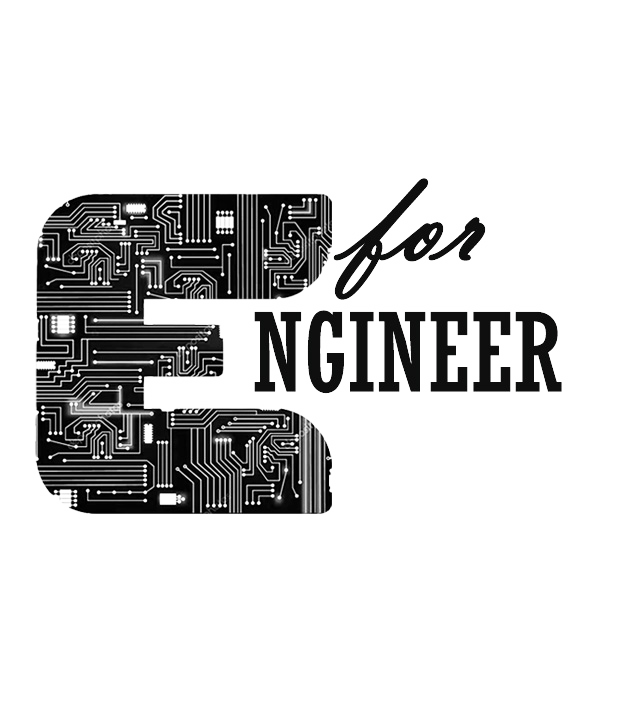Introduction:
- Embedded systems and VLSI design are two distinct yet interconnected fields in the realm of electronics and technology. Gaining a comprehensive understanding of their differences is crucial to appreciating their unique roles and applications.
- This article delves into the intricacies of embedded systems and VLSI design, shedding light on their individual characteristics and areas of focus.
Section 1: Embedded Systems
1.1 Definition and Scope:
- Embedded systems are specialized computer systems designed to perform specific tasks efficiently and reliably. They are integrated within larger devices or products.
- These systems are responsible for executing dedicated functions and interact with the surrounding environment through sensors, actuators, and interfaces.

1.2 Design Considerations:
- Embedded systems must operate in real-time, responding quickly to external events and meeting specific timing constraints.
- They are constrained by limited resources, including processing power, memory, energy, and storage. Efficient utilization of these resources is crucial for optimal performance.

1.3 Hardware-Software Integration:
- Embedded systems require a close integration of hardware and software components to achieve the desired functionality.
- The software, often referred to as firmware, is responsible for controlling and managing the hardware, implementing algorithms, and handling external interactions.
1.4 Examples and Applications:
- Embedded systems find applications in a wide range of industries, including consumer electronics, automotive systems, medical devices, industrial automation, and IoT devices.
- Examples include smartwatches, home automation systems, vehicle control systems, medical monitoring devices, and industrial control systems.
Section 2: VLSI Design 2.1 Definition and Scope:
- Very Large Scale Integration (VLSI) design focuses on designing and fabricating complex integrated circuits with millions or billions of transistors on a single chip.
- It involves the creation of integrated circuits that enable the functionality of computers, smartphones, networking equipment, and high-performance computing systems.

2.2 Design Complexity:
- VLSI design encompasses the intricacies of circuit design, layout, and optimization to achieve high performance, low power consumption, and manufacturability.
- Challenges include dealing with miniaturization, signal integrity, power distribution, and thermal considerations.
2.3 Applications:
- VLSI design plays a critical role in the development of microprocessors, memory chips, communication devices, and advanced computing systems.
- These integrated circuits form the backbone of modern technology, enabling the functioning of a wide range of electronic devices and systems.
Conclusion:
- Embedded systems and VLSI design are both vital fields in the electronics industry, each with its own distinct focus and applications.
- Embedded systems are dedicated computer systems integrated into larger devices, while VLSI design involves creating complex integrated circuits.
- By understanding the differences between these fields, we can appreciate their unique contributions to technological innovation and advancement.















